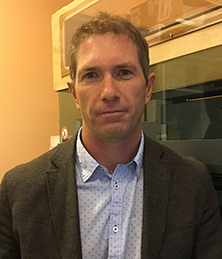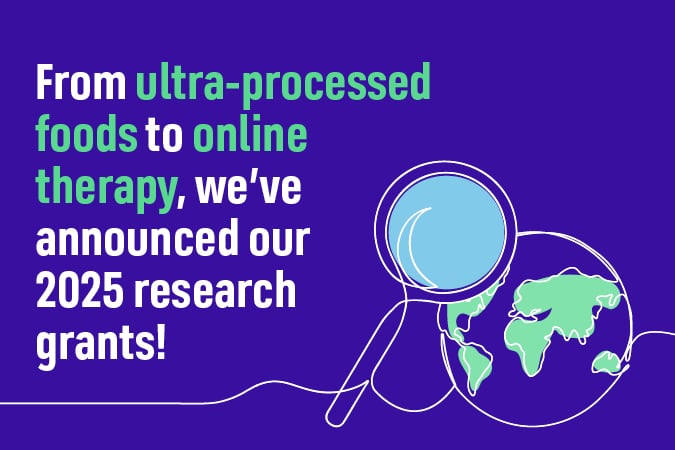Co-applicants
Dr Lynnette Fernandez-Cuesta, International Agency for Research on Cancer, France
Dr Jajah Fachiroh, Faculty of Medicine Universitas Gadjah Mada (UGM), Indonesia
Dr Allan Hildesheim, National Cancer Institute, USA
Dr Beena Devi, Hospital Umum Sarawak, Malaysia
Dr Jiri Zavadil, International Agency for Research on Cancer, France
Dr Rosita Accardi, International Agency for Research on Cancer, France
Scientific abstract
Background
Nasopharyngeal carcinoma (NPC) is a malignant tumour that generally presents at late stages, with a five year survival rate below 50%.
NPC is rare in western countries but more frequent in south-east Asia. The dramatic difference in the incidence among populations and geographic areas implies a link between NPC and genetic and/or environmental risk factors. Indeed, consumption of preserved foods, tobacco smoking, exposure to Epstein Barr virus (EBV) and genetic susceptibility have been clearly linked with NPC. However, the interplay between these factors, their relative importance in high- and low-incidence areas, and the molecular mechanisms that lead to carcinogenesis, remain unclear.
Consistent with this, while Chinese-styled salted fish was classified as Group 1 carcinogen by the World Health Organization, the nitrosamines present in preserved foods themselves were classified as Group 2A as there was inadequate evidence of carcinogenicity in humans.
Hypothesis and objectives
We hypothesise that high intake of preserved foods, with high nitrosamine content, in conjunction with genetic susceptibility and EBV, are the important cause of NPC across south-east Asia. We will study our hypothesis using a multidisciplinary combination of traditional epidemiology, virology, genetics and innovative genomics-based mechanistic studies, within the following three objectives:
- Assess the reactivation of EBV by preserved foods
- Evaluate the presence of a mutational signature of nitrosamines exposure in NPC
- Study the role of germ-line variants in NPC development
Settings and methods
The International Agency for Research on Cancer (IARC), in collaboration with researchers across south-east Asia, has developed a multi-centre NPC case-control study, including information about food consumption, family history, lifestyle and other exposures, as well as biological materials. IARC has completed data cleaning and construction of the common harmonised epidemiological database. In the context of the 3 objectives mentioned above, we will:
- Assess the EBV copy number (EBV CN) in the serum of 750 cases and 750 controls, and correlate these data with consumption of preserved foods. Second, we will study in cellular models the capacity for nitrosamines to facilitate the infection of human epithelial cells with EBV.
- Undertake deep DNA sequencing in 20 NPC specimens from patients with self-reported high and low exposure to the putative carcinogen. The somatic mutational signatures identified in the tumours will be compared to the expected genome-wide mutational signatures of nitrosamines exposure defined using an in vitro model.
- Investigate in 1,200 cases and 1,200 controls how germ-line variants are related to NPC risk, and if their genotype modifies the association of NPC with consumption of preserved foods or EBV CN.
Impact
NPC remains a significant, but understudied health problem in some of the world’s most populous countries. This project aims to explore the mechanism by which nitrosamines in preserved foods may be influencing the carcinogenic process.
This information can be used in future classifications of carcinogenic agents, such as the IARC monograph program. The classification of the nitrosamines may lead to public health impact across east and south-east Asia, through intervention measures aimed at limiting the carcinogenic potential of such items.
Plain language abstract
Background
Nasopharyngeal carcinoma (NPC) is a malignant tumour with poor survival.
NPC is rare in western countries but more frequent in south-east Asia. The dramatic geographic difference implies a link between NPC and genetic and/or environmental factors. Indeed, consumption of preserved foods, tobacco smoking, exposure to Epstein Barr virus (EBV) and genetic characteristics have been clearly linked with NPC. However, how these factors lead to NPC remains unclear.
Aims and objectives
We believe that high intake of preserved foods (containing a carcinogen known as nitrosamines), in conjunction with genetic characteristics and EBV, are the important cause of NPC across south-east Asia. We will study our hypothesis using a multidisciplinary approach, within the following three objectives:
- Assess the impact that nitrosamines in preserved foods have on the activity of EBV
- Evaluate the presence of a pattern of mutations in the genome, characteristic of nitrosamines exposure in NPC
- Study the role of genetic characteristics in NPC development
How it will be done
The International Agency for Research on Cancer (IARC), in collaboration with researchers across south-east Asia, has collected more than 2000 samples, for which information about food consumption, family history, lifestyle, as well as blood and tissue are available. In the context of the three objectives mentioned above, we will:
- Assess and correlate the amount of EBV in blood with consumption of preserved foods. Second, we will study in cellular models the capacity for nitrosamines to facilitate the infection of human cells with EBV.
- Undertake DNA sequencing in 20 NPC tumours from patients with self-reported high and low intake of preserved foods. The pattern of mutations identified in the tumours will be compared to the expected pattern for nitrosamines exposure defined using a cellular model.
- Investigate how genetic characteristics are related to NPC risk, and if they can modify the association of NPC with consumption of preserved foods or amount of EBV.
Potential impact
NPC remains a significant, but understudied health problem in some of the world’s most populous countries.
This project aims to explore the way by which nitrosamines in preserved foods may be influencing the carcinogenic process. This information can be used in future classifications of carcinogenic agents, such as the IARC monograph program.
The classification of the nitrosamines may lead to public health impact across east and south-east Asia, through intervention measures aimed at limiting the carcinogenic potential of such items.



